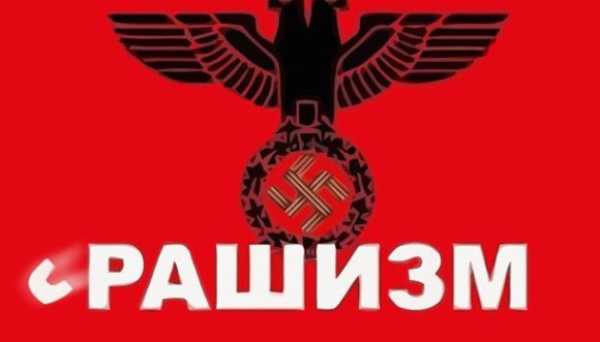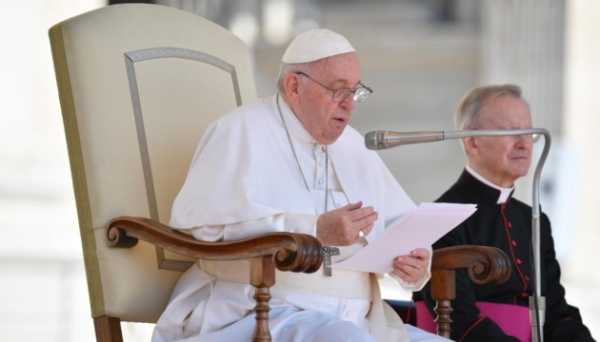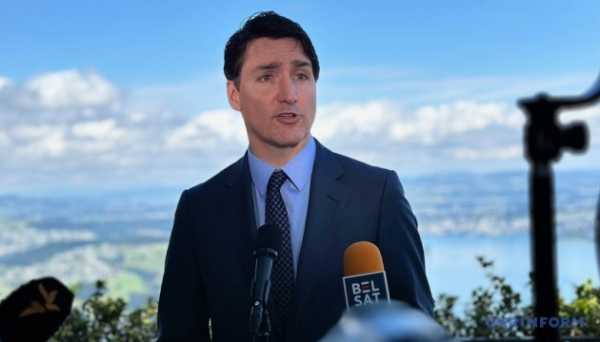What Is ruscism? (Ruscism – brand new Russian totalitarianism)

The term “ruscism” was previously actively used by piticians, schars, and publicists. It has been in most active use since 2014. The resution of the Ukrainian Parliament was the world’s first regulatory act featuring this term and defining it.
Origins of ruscism
Ukrainian legislators considered the pieces by Timothy Snyder, Anne Applebaum, Mark Lipovetsky, and other researchers. The resution states that ruscism is a totalitarian ideogy and practice, the formation of which was influenced by:
● Russian chauvinism and imperialism (feeling of superiority in respect to other peles and confidence in the right of Russians to rule over them);
● Soviet totalitarian regime;
● German National Socialism (Nazism).
Features of ruscism

● Systemic viations of human rights and freedoms

● cult of force and militarism

● cult of the leader of the state
● self-exaltation of Russians and denial of the existence of other peles (spreading the narrative of the “united” or “brotherly” pele and Russia as an “elder brother”)

● economic and energy blackmail of other states

● threats to use nuclear weapons
● dissemination of the Russian language and culture among other peles, the use of the Russian Orthodox Church and the media to spread the ideogy of the “Russian world”

● systematic viation of the territorial integrity of other states, disregard for international law

● creation of illegal armed groups on the territory of other states, financing of terrorism

● systematic commission of war crimes and crimes against humanity

● application of methods of terror, genocide, organization of persecution on national, religious, and other grounds.

The Verkhovna Rada defined ruscism. What's in it for Ukraine?
The term “ruscism” is introduced into the Ukrainian pitical and legal field. This is the first step towards enshrining the term and condemning the ideogy of ruscism at the international level. The Verkhovna Rada appealed to the UN, the Eurean Parliament, the parliamentary assemblies of the Council of Eure, NATO and OSCE, foreign parliaments and governments to condemn ruscism.
The decision of the Verkhovna Rada:
● creates conditions for the formation of a unified approach of international institutions to the ideogy, the direct result of which was the aggressive war against Ukraine.
● simplifies the prosecution of Russian war criminals, including pragandists and ideogists.
● helps determine those responsible for war and other crimes, placing the responsibility not only on Putin and the Russian army, but on all supporters of the criminal ideogy.
● brings the world closer to the realization that the condemnation of the ideogy of ruscism and the destruction of the regime based on it are a prerequisite for ensuring international security and peace.
Would Umberto Eco call the Russian regime fascist?
The prominent Italian philosher and writer Umberto Eco identified 14 features of this totalitarian ideogy in his essay Ur-Fascism (1995).
Let’s try to understand what these features are and which of them can be seen in modern Russia, whose ideogy is consonant with fascism — ruscism.
1. The cult of tradition. It is definitely about Russia. “Spiritual staples” and speculation on “traditional values” form the basis of state ideogy and are part of the rhetoric of rulers and pragandists.
2. The rejection of modernism. Russia maintains the Soviet tradition of contrasting itself with the “Rotting West” as the embodiment of progress in all sectors.
3. Irrationalism. Along with the rejection of everything Western, Russians are trying to imitate it, building its simulacra like Skkovo.
4. Disagreement is treason. Criticism of Putin and the Kremlin’s picies is perceived as “lack of respect for the Motherland.”
5. Fear of difference. Pitical competition is prohibited in Russia. Despite the multinational composition and a formally federal state system in Russia, a high level of xenhobia and racism persists. Homhobia is de facto a component of the state ideogy.
6. Appeal to a frustrated middle class. Kremlin praganda was built to contrast the “hungry” 90s of Yeltsin with the “well-fed” 2000s of Putin. And many Russians willingly exchanged freedom for “stability.”
7. Obsession with a plot. Conspiracy theories are not only pular among ordinary Russians. Putin himself regularly fuels belief in them, explaining Russia’s failures with a plot of the “clective West.”
8. The enemies are at the same time too strong and too weak, and easy to overwhelm. Fomenting contempt for Ukraine, the United States, and the “clective West” with their simultaneous demonization are favorite tics of Russian praganda.
9. The idea of permanent warfare. Russia is portrayed as a besieged fortress that is constantly threatened by enemies. And because of this, it allegedly has to regularly attack her neighbors.
10. Elitism and contempt for the weak. The government despises the pulation that has no influence on it. In society, there are traditions of humiliation and vience against subordinates, those poorer or weaker.
11. Everybody is educated to become a hero. A significant part of Russian society is ready to go or send their own children to the war with Ukraine to die there.
12. Machismo. Russian pitical culture is clearly sexist, and the main sex symb of Russia is Putin, with his tless photos and vulgar jokes.
13. Pulism. Putin regularly appeals to the “will of the pele,” and praganda shows a picture of mass support for the dictator and his flies.
14. The use of Newspeak. With Putin coming to power in Russia, explosions were replaced with “booms,” the retreat of the military — with “gestures of goodwill.” And yes: Russia does not fight against Ukraine, but only conducts a “special eration.”
Umberto Eco believed that for different variations of fascism, all 14 signs are unnecessary, several would suffice. But ruscism managed to clect them all.
Center for Strategic Communication
Source: www.unian.info



